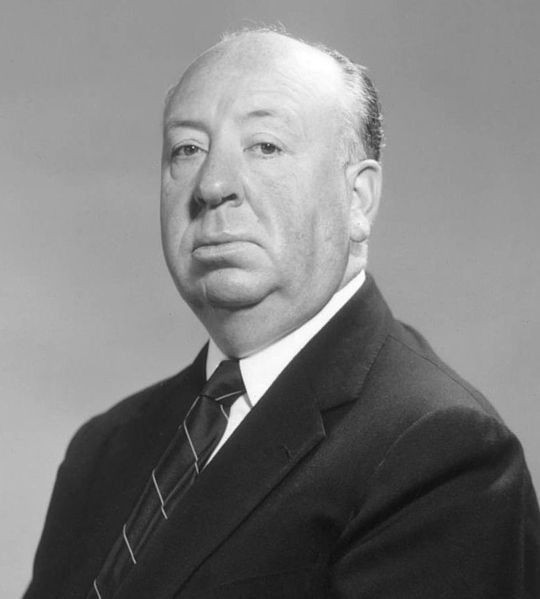Man In Vegetative State For 16 Years Suddenly Responds To Alfred Hitchcock Thriller
This Could Open The door to a Whole New Way of Treating and Understanding an Unresponsive Individual

A 35-year-old man has been in a vegetative state since 1997. He was kicked in the chest during a fight and the blood supply to his brain got cut off. He went into a coma and doctors proclaimed him to be in a "vegetative state." He could however, move his eyes.
Several years later, researchers have found that the man is responding to Alfred Hitchcock TV clips. They discovered that while watching the Alfred Hitchcock clips, his brain activity was similar to a normal person's. The study is published in this week's Proceedings of the National Academy of Sciences.
It seemed like the man who was not conscious for years was actually following the plot of the thriller.
Lorina Naci, a postdoctoral fellow from Western Ontario University's Brain and Mind Institute and head researcher, screened short films of Hitchcock such as "Bang! You're Dead." Through previous research, she had found that it is possible to detect awareness among unresponsive individuals by asking them to follow commands, and then scanning their brain activity. Naci said this was very limited and so she conducted a study to find out more.
Watching television does not require much effort and so for the study, they made them watch the suspense clips. They first took 12 normal individuals with normal brain function and made them watch the short films. Their brain activity was tracked as they were inside the 3T Magnetic Resonance Imaging (MRI) Scanner. The researchers found that activity in the frontal parietal brain regions became intense while watching suspense scenes. Naci explained that their feelings of dread and anxiety were related to the brain activity.
After this, the brain of the "vegetative" person went through the same process. They found that during suspenseful scenes, the brain activity was the same as normal people. This did not just mean that he was aware but that he understood the movie and felt the anxiety and dread.
"For the first time, we show that a patient with unknown levels of consciousness can monitor and analyze information from their environment, in the same way as healthy individuals," said Naci.
Owen, the Canada Excellence Research Chair in Cognitive Neuroscience and Imaging, explained that it does not just show consciousness but detects understanding and thinking process that is happening in the patient.
It's effortless and easy but it has its limitations as not all the patients can keep their eyes open and look straight, according to Nicholas Schiff, a neurologist at Weill Cornell Medical College in New York City. Schiff wasn't involved in the research but said that this technique can help distinguish a high functioning patient from one with lower brain activity. It's is not clear whether the TV clip technique will be able to detect consciousness in more ambiguous cases, he said.
Yet the new research has opened "the door to a whole new way" of treating and finding if the unresponsive patients are aware or not, stated Naci.




















